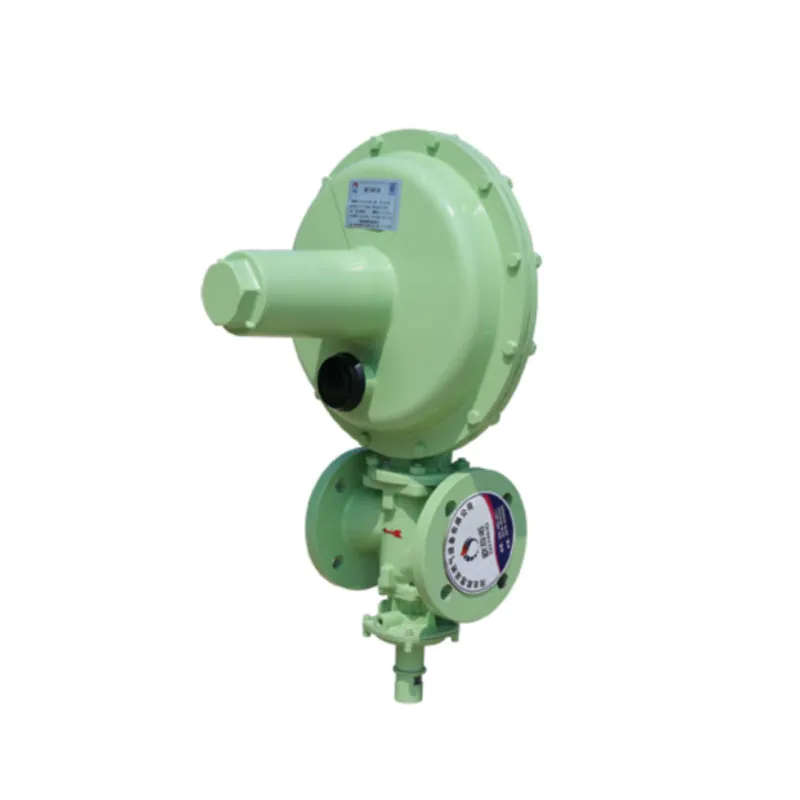
Nov . 05, 2024 07:53
Back to list
gas pressure reducing station
Understanding Gas Pressure Reducing Stations
Gas pressure reducing stations (GPRs) are crucial components in the distribution of natural gas. They serve the essential function of managing the pressure of gas traveling through pipelines, ensuring that it remains within safe and operational limits as it moves from high-pressure transmission lines to lower-pressure distribution systems. This article explores the role of GPRs, their components, and their significance in the natural gas supply chain.
The Role of Gas Pressure Reducing Stations
Natural gas is primarily transported across long distances at high pressures to ensure efficient flow through pipelines. However, before the gas reaches consumers, such as homes and businesses, it must be delivered at a much lower pressure to ensure safety and usability. This is where gas pressure reducing stations come into play.
GPRs take the high-pressure gas and reduce its pressure to a level that is safe for residential and commercial use. By transforming high pressure into a regulated lower pressure, these stations protect downstream infrastructure and end-users from potential hazards associated with high-pressure gas. Additionally, they help maintain consistent pressure levels, which is essential for the reliable operation of gas appliances.
Main Components of a Gas Pressure Reducing Station
A gas pressure reducing station typically comprises several key components that work together to ensure effective pressure regulation
1. Inlet and Outlet Valves These valves control the flow of gas into and out of the station. The inlet valve allows high-pressure gas to enter, while the outlet valve regulates the flow of reduced-pressure gas to the distribution network.
2. Pressure Regulators The heart of the GPR, pressure regulators are responsible for reducing the pressure of the incoming gas. They automatically adjust the size of the gas passage based on the downstream pressure, ensuring that the gas is delivered at the desired pressure level.
3. Filtration Systems Before the gas is reduced in pressure, it must be filtered to remove impurities and contaminants. This is essential to prevent damage to the pressure regulators and other components downstream.
gas pressure reducing station

4. Safety Devices Gas pressure reducing stations are equipped with various safety devices, such as pressure relief valves and emergency shut-off valves. These are critical for preventing overpressure situations and mitigating any potential risks associated with gas leaks or other failures.
5. Telemetry Systems Modern GPRs often include telemetry systems that monitor operational parameters, such as pressure and flow rate, in real-time. This data can be used for remote monitoring and control, helping operators ensure that the system is functioning correctly.
Importance of Gas Pressure Reducing Stations
The importance of GPRs in the natural gas supply chain cannot be overstated. By ensuring the safe and efficient delivery of gas, they play a vital role in various applications
1. Safety By maintaining appropriate pressure levels, GPRs significantly reduce the risk of accidents and explosions associated with high-pressure gas.
2. Operational Efficiency Proper pressure regulation contributes to the overall efficiency of gas appliances. When gas is delivered at the right pressure, it ensures optimal performance of heaters, stoves, and other gas-powered devices.
3. Infrastructure Protection GPRs protect pipelines and associated infrastructure from damage due to high-pressure gas, extending the lifespan of these assets and reducing maintenance costs.
4. Environmental Impact Efficient gas delivery helps minimize emissions associated with gas wastage. By optimizing pressure and flow, GPRs can contribute to a more sustainable energy supply.
Conclusion
Gas pressure reducing stations are essential for the safe, efficient, and reliable distribution of natural gas. As global energy demands continue to grow, the role of GPRs will become increasingly significant in managing the complex infrastructure of gas delivery systems. By understanding how these stations function and their importance in the gas supply chain, stakeholders can appreciate the critical nature of this technology in ensuring that natural gas is safely and effectively delivered to end-users. The continued innovation and improvement of gas pressure reducing stations will also pave the way for a more sustainable energy future, balancing safety, efficiency, and environmental responsibility.
Next:
Latest news
-
Safety Valve Spring-Loaded Design Overpressure ProtectionNewsJul.25,2025
-
Precision Voltage Regulator AC5 Accuracy Grade PerformanceNewsJul.25,2025
-
Natural Gas Pressure Regulating Skid Industrial Pipeline ApplicationsNewsJul.25,2025
-
Natural Gas Filter Stainless Steel Mesh Element DesignNewsJul.25,2025
-
Gas Pressure Regulator Valve Direct-Acting Spring-Loaded DesignNewsJul.25,2025
-
Decompression Equipment Multi-Stage Heat Exchange System DesignNewsJul.25,2025

